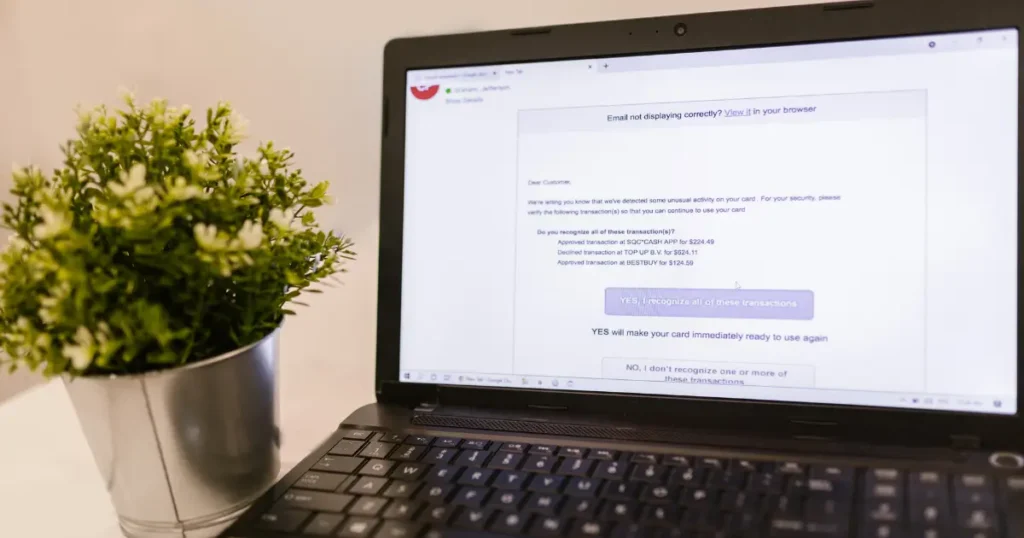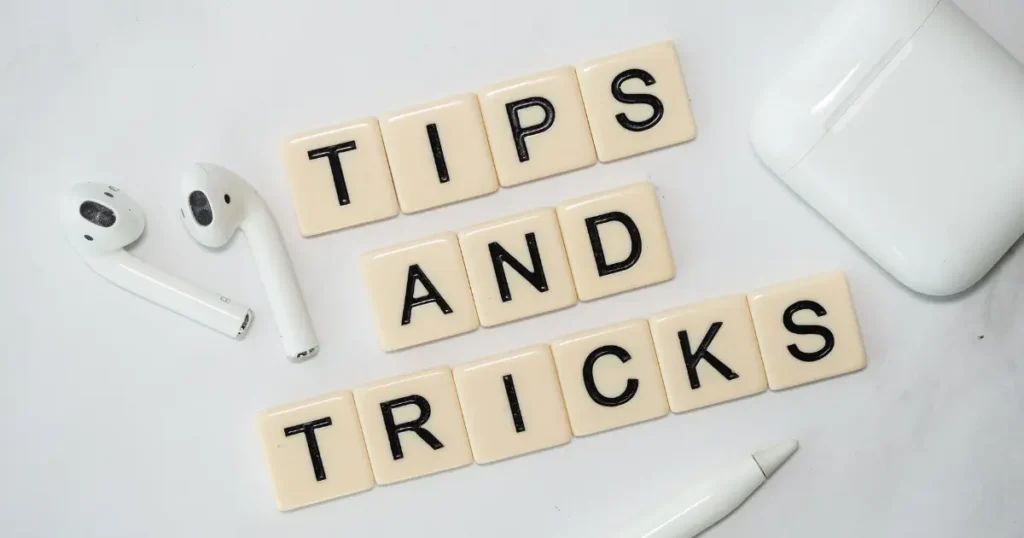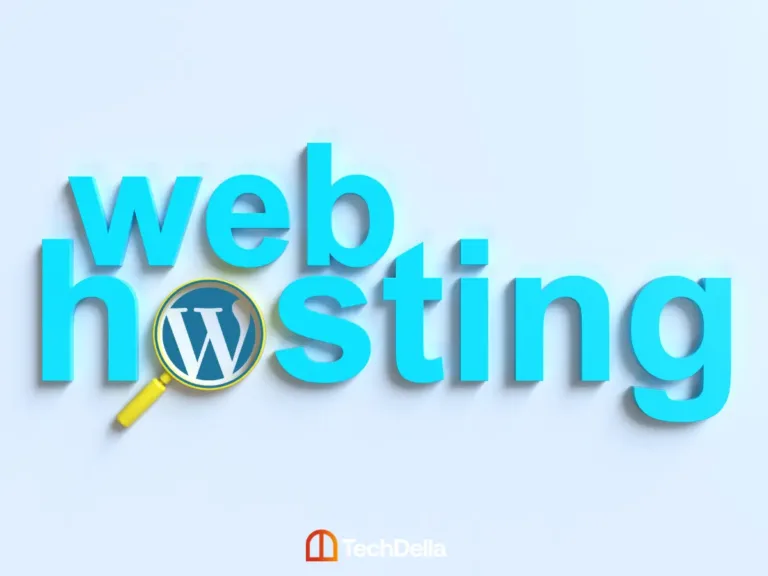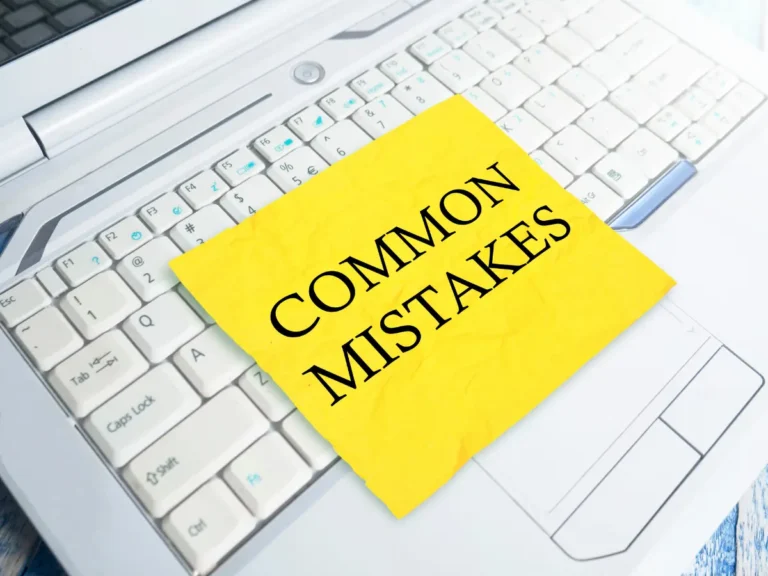
Despite the growing number of channels available for eCommerce enterprises to reach their clients, email remains the most promising. Did you know that email marketing for eCommerce can bring in a whopping $36 for every $1 spent? But, of course, it really only works that well when you use it the right way.
With customer acquisition expenses rising by over 60%, organizations must rethink how they utilize email. Standardized eCommerce email marketing automation for eCommerce is no longer enough!
This article will help you stand out from the 347.3 billion emails sent and received daily this year.
Let’s explore the email marketing strategies for eCommerce and some creative email marketing ideas for eCommerce online stores.
What is Email Marketing for Ecommerce?
Email marketing for eCommerce is all about how online businesses connect with their current or potential customers through emails. It’s a strategy to engage and reach out to them effectively.
Online stores often send out emails to share new products, special deals, and discounts. They also use them for transactional info, order updates, reminders for abandoned carts, and to keep their subscribers in the loop.
You can send these emails either as one-time campaigns or set them up as automation that taps into consumer data like behavior, interactions, and past purchases. This helps you achieve business goals such as raising awareness, recovering carts, boosting engagement, and increasing sales.
How to Create an Email Marketing Strategy for Ecommerce
Emails have been around for quite some time, and it seems like marketers have gotten a bit laid-back about how they approach communication through this channel. If you’re planning to go into eCommerce email marketing for the first time or looking for ways to revamp your strategy, here are some steps we suggest you take:
1. Identify your key consumer touchpoints
The first thing you should think about is how to get customers to sign up for your email list. Identify all of the essential consumer touchpoints you may use to entice new and existing customers to join you willingly.
This includes your eCommerce store, sale landing page, blog with newsletter signup forms, contact page, social network profiles, sponsored ads, and other communication channels.
2. Set a clear goal and objective
The next step is to figure out what you want to accomplish with your email marketing for eCommerce. This will make it easier for you to plan your campaigns in a more organized and focused way.

Here are some questions that might be helpful for you at this point:
- What do you plan to use emails for at your company?
- What’s the main aim of the campaign? Are you looking to boost awareness, increase engagement, improve retention, or drive more traffic and sales?
- What metrics are you looking to improve? Is it your subscriber list, website traffic, engagement rate, sales, or maybe repeat sales?
- When do you want to reach this goal?
- Who are the people that subscribe to your emails?
- Which parts of your subscriber list are you thinking about targeting?
- Where do your subscribers usually read your emails? Is it on desktop or mobile?
3. Get to know the various types of emails
Once you’ve got answers to the above questions, it’s important to know about the various types of emails that eCommerce businesses should be sending out. It’s important to get an understanding of the various campaigns that fit into each category and the specific issues they address.

Before we look into the types of emails your eCommerce business should send, let’s take a look at the three main categories they fit into:
- Transactional Emails: These are those messages you get when you make a purchase. Transactional emails are super important because they contain key info like order confirmations, purchase receipts, and updates on shipping and delivery. They’re created and extremely relevant to each customer.
- Promotional Emails: These are all about helping businesses get the word out about a product, discount, deal, or sale they have going on. Like when a new collection drops or when the BFCM sale is announced.
- Lifecycle Emails: These are often called ‘triggered’ emails because they rely on what customers do. For example, a welcome email may be sent when a new customer signs up, or a cart recovery email may be sent when a customer leaves a product in their cart without checking out.
4. Create a customer journey map
It’s important to remember that emails are still a way for people to get in touch with your online shop. Your emails are all about getting the recipient to take action and visit your website, whether that’s checking out a new collection, grabbing some discounts, making a wish list, or finalizing a purchase.
Creating a customer journey map for each type of email campaign you plan to send is really important, and here’s why. The map should show the main steps a customer needs to take to finish a task, along with the steps that need to be taken after they fail.
As a general rule, you should make sure that the steps in your map are as efficient as they can be!
5. Equip yourself with the right email marketing tool
The last thing you need to think about is how you’re going to send those emails.
Just a heads up, relying on a manual approach might not be the best way to go as you expand. You might end up missing some key moments in a buyer’s journey, which could lead to drop-offs or losing out on potential sales.
Look for the best email marketing software for eCommerce that has all the tools you need to launch various campaigns. You’ll want to look for pre-built and customizable email marketing automation for eCommerce workflows that cover the entire customer lifecycle.
It should also be easy to integrate with your store, come with email design templates, offer analytics to track performance, and provide support to help you optimize the channel for more sales.
Click here to learn more about the right email marketing tools for your business.
Now that we’ve got an eCommerce email marketing strategy set up. Let’s talk about some key email marketing tips to help you on your email marketing journey.
5 Essential Email Marketing Tips for Ecommerce

- Build it, don’t purchase it: Build your email subscriber list on your own. Buying an email list might seem like a quick way to reach a lot of customers, but trust me, it’s just not worth it. Purchasing a list can hurt your sender’s reputation and affect how well your emails are received. A smaller, high-quality email list will help you bring in more revenue.
- Keep your data clean: Having clean data is really the foundation for any successful marketing channel. It’s important to have your demographic and customer profile information be as accurate as possible since it impacts your customer insights.
- Segment your lists: Email segmentation helps you send the right email to the right audience at just the right time. In this way, you’re keeping in touch just enough to stay connected without going into that spammy zone.
- Automate your email: With automated emails, you can easily send real-time, personalized messages to both customers and potential customers. Set up automation for emails such as welcome messages, curated content, and reminders for abandoned carts. This way, you can boost the customer experience and build loyalty.
- Communicate clearly: Keep your messaging and email template design straightforward. Don’t go overboard; just include a primary and a secondary message. Emails with too much content confuse users and reduce conversions.
Final Thought
Email marketing should be a big part of your e-commerce business marketing plan, no matter how long you’ve been in business.
Getting started is easy, and once you do, you’ll know the best email marketing for e-commerce strategies to use in your campaigns.
If you’re facing challenges with your email marketing strategies for eCommerce, don’t hesitate to reach out to us at TechDella. We’re here to assist you!




